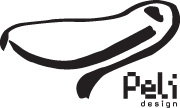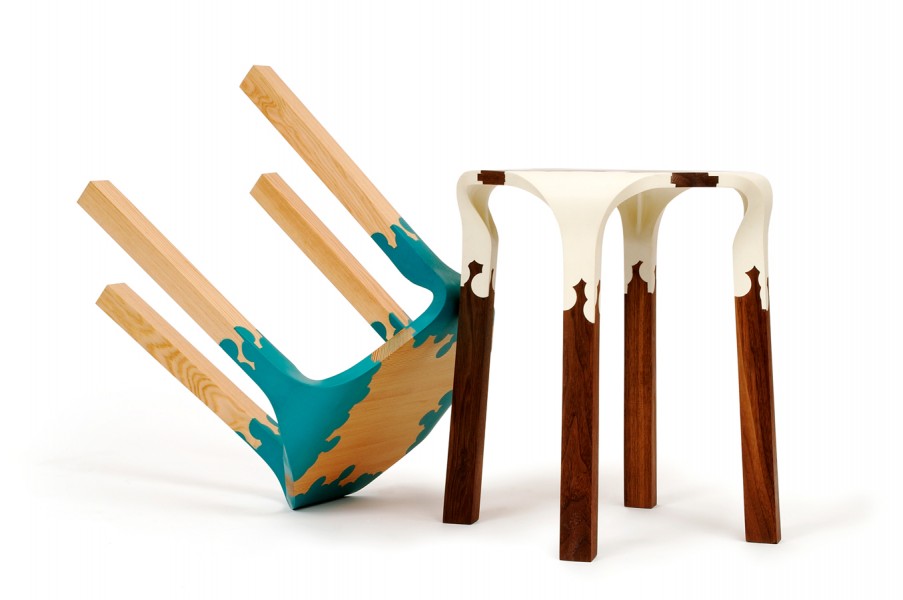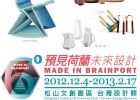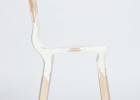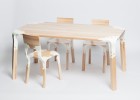Plastic Nature Stool
The Plastic Nature is a furniture concept which exemplifies the connection of the “plastic-world” and the world of wooden furniture.
The first pieces of the PlasticNature were stools for my graduation from the Design Academy in Eindhoven in June 2006.
When wood is machined material is always taken away – contrary to plastic .In plastic manufacturing there is hardly any waste because plastic is cast in shapes and leftovers molten again for further casting.
These facts bring with it several possibilities and constraints for each used material.
With the PlasticNature I wanted to fuse hand made furniture and injection-moulded plastic furniture.
These worlds belong together – they are both utilitarian, in a way even quite “low” (think about farmers chairs from the Alps and the white “Monoblock” chair ‘the worlds most’ chair).
I designed the plastic connection with – the wooden legs actually ‘flow’ into the seat plank…Then I drew the moulds on the computer and let the moulds rapid-prototype. These moulds I used for hand casting the plastic resin into the wood.
The wooden parts have cavities (in that version, milled holes) which are working in a way known from a dovetail connection does – the plastic flows “behind” and into them, hardens, and is not solvable anymore.
The complicated shapes of the cavities are not specially designed (in fact, not designed at all, they just emerge out of necessity, they look grown) – they fulfil the only purpose that they provide sufficient surface that the connection can cling to the wood…
That’s also a part of what I wanted to show: plastic is liquid at first it flows where it wants to flow; where there is space…
So the whole PlasticNature uses connections and is a connection and that on different levels, I name two: physical (wood connected by plastic) and stylistically (plastic furniture, wooden furniture)
